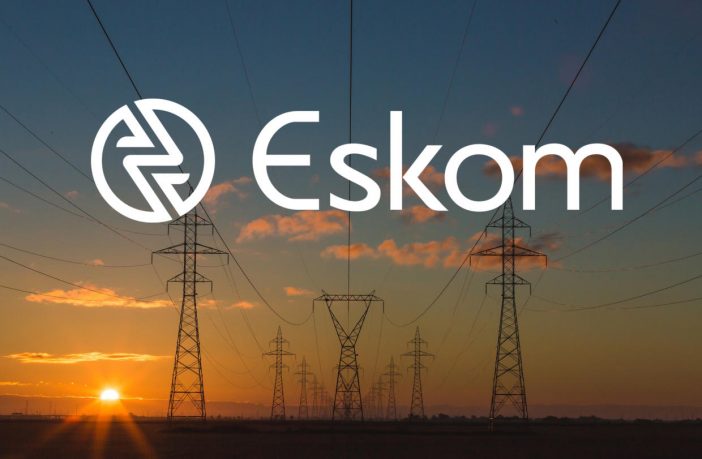- Eskom has shared its Transmission Development Plan (TDP) for the period 2022 to 2031.
- This is part of Eskom’s Transmission licence requirements issued by the National Energy Regulator of South Africa (NERSA), which calls for Eskom to publish a TDP annually.
This forum forms part of a consultative process where industry, various business sectors, local government, and other infrastructure development partners, get to influence the long-term development plan of the transmission system.
During this planning period, 30 GW of new generation capacity is expected, mainly from renewable energy sources (photovoltaic and wind) in areas with limited network infrastructure. To provide for an adequate and reliable transmission system, Eskom plans to increase the transmission infrastructure by approximately 8 400 km of extra-high-voltage lines and 119 transformers to bring on board 58 970 MVA of transformer capacity over the next 10 years.
Group Executive for Transmission, Segomoco Scheppers, says, “The total Eskom Transmission capital plan amounts to R178 billion over the next 10 years. Of this amount, R144 billion is required for new capacity expansion projects to meet the reliability requirements, connection of new generation capacity and loads, as well as to acquire servitudes. A further R34 billion is required for refurbishments to the existing asset base and procurement of production equipment, as well as strategic spares.
As a state-owned entity, Eskom understands the critical role it plays in enabling South Africa’s economic recovery efforts because without reliable electricity, there can be no sustainable economic recovery or growth. As such, the organisation continues to prioritise investments in the transmission grid.
“Work is in progress to allow the connection of utility-scale renewable generation projects for Bid Window 5 of the Renewable Energy Independent Power Producer Procurement Programme (REIPPPP), projects which are expected to be connected to the national electricity grid by 2024/25. We are also making our systems ready to connect the additional 2 000 MW capacity procured through the Risk Mitigation Independent Power Producer Procurement Programme (RMIPPPP) and this capacity is expected to be available during the course of next year,” explains Scheppers.
Major expansion of the transmission network is critical for the connection of utility-scale renewable generation projects, mainly wind and solar, in line with the policy direction highlighted in the Integrated Resource Plan of 2019 (IRP2019) and the Grid Code to diversify South Africa’s energy mix, and to provide non-discriminatory access to the grid.
Author: Bryan Groenendaal















